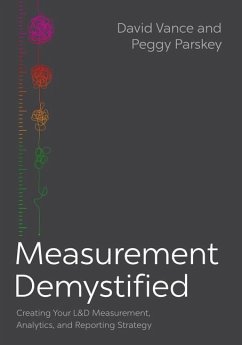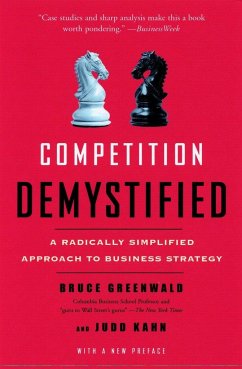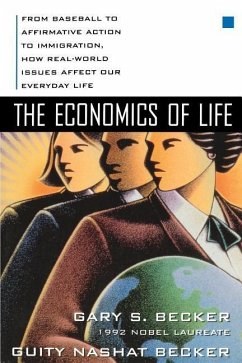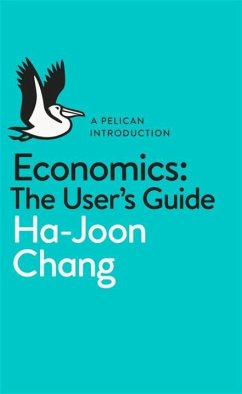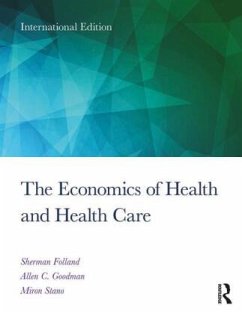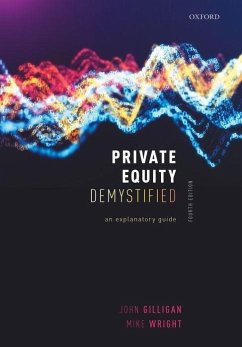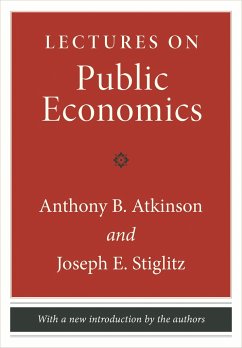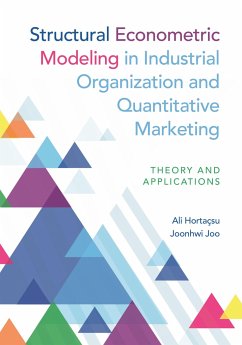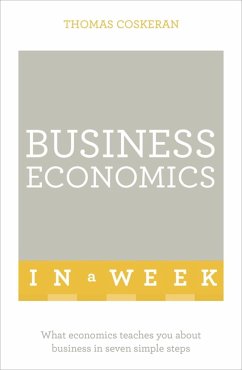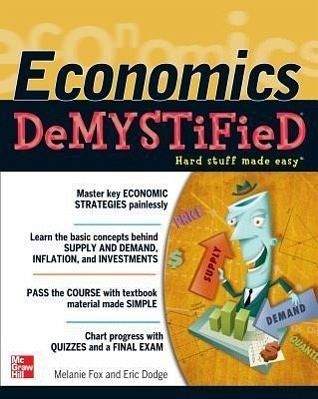
Economics DeMYSTiFieD
Versandkostenfrei!
Versandfertig in 1-2 Wochen
27,99 €
inkl. MwSt.

PAYBACK Punkte
14 °P sammeln!
Filled with illustrations, plain-English explanations, and real-life examples, this title starts with the fundamentals and eases you into the complicated theories, concepts, and mathematical formulas. It features expert overviews of key topics, including supply and demand, macro- and microeconomics, consumer price index, and monetary policy.



